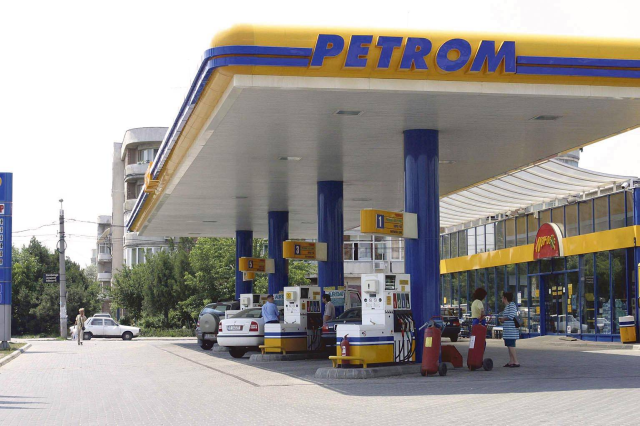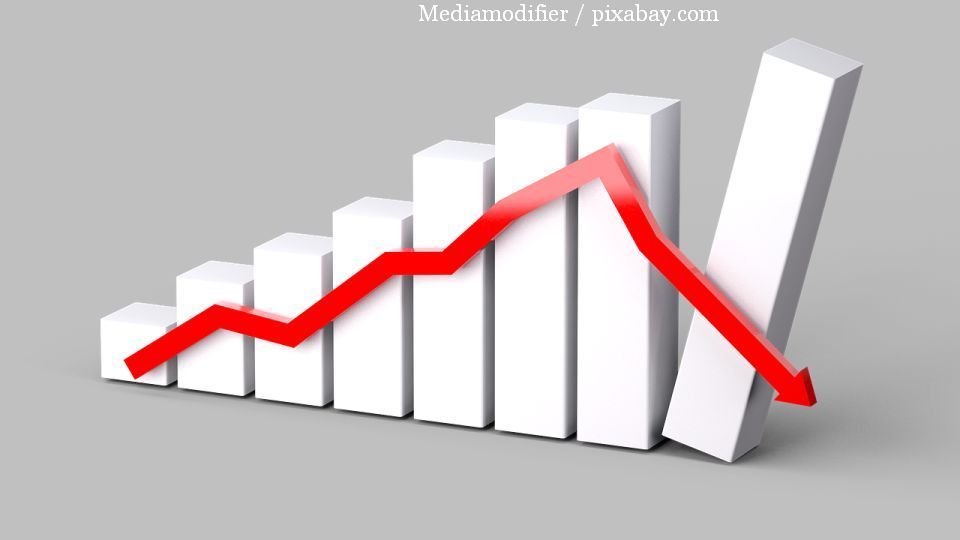Investments and profits
Most of the privatisations made in Romania in the post-Communist years are still overshadowed by more or less justified suspicions. This is also the case of Petrom — the biggest important Romanian company for oil extraction and distribution whose majority share was bought by the Austrian group OMV in 2004 for around 700 million euros. At that time, the transaction aroused suspicion among the media and economic analysts, who believed the company was sold for less than it was worth, a practice not unfamiliar to post-Communist Romania.

Florentin Căpitănescu, 20.02.2014, 13:14
Most of the privatisations made in Romania in the post-Communist years are still overshadowed by more or less justified suspicions. This is also the case of Petrom — the biggest important Romanian company for oil extraction and distribution whose majority share was bought by the Austrian group OMV in 2004 for around 700 million euros. At that time, the transaction aroused suspicion among the media and economic analysts, who believed the company was sold for less than it was worth, a practice not unfamiliar to post-Communist Romania.
10 years on, after the Austrian group made substantial investments, Petrom became the most profitable company operating in Romania. The profit they reported in 2013 was tantamount to around 1.1 billion euros, which is 1.5 times more than the purchase price. The success of the company also benefited the Romanian state whose budget received 2.3 billion euros worth of fees and dividends. Also, the profits made by OMV’s Romanian branch accounted for almost 40% of OMV’s total profits in 2013.
For 2014, Petrom, which is also an important regional player thanks to its vast network of petrol stations across Romania, the Republic of Moldova, Bulgaria and Serbia, estimates a drop in sales following the introduction of an additional 7 eurocent excise duty in the price of 1 litre of oil. The measure is to be applied by the Romanian government as of April 1st.
Petrom is not the only company who fears profits may drop in 2014. The representatives of the Romanian small and medium-sized enterprises have called on the government to postpone the introduction of the tax on so-called “special” built structures enforced since the beginning of the year.
9 out of 10 small and medium-sized enterprises fear this tax could affect their profits and that Romania could lose big investors who will choose instead other states in the area that do not impose such taxes. According to the representatives of the small and medium-sized enterprises, this tax is inappropriate, because it also applies to important agricultural structures, such as irrigation systems and storage facilities.






























